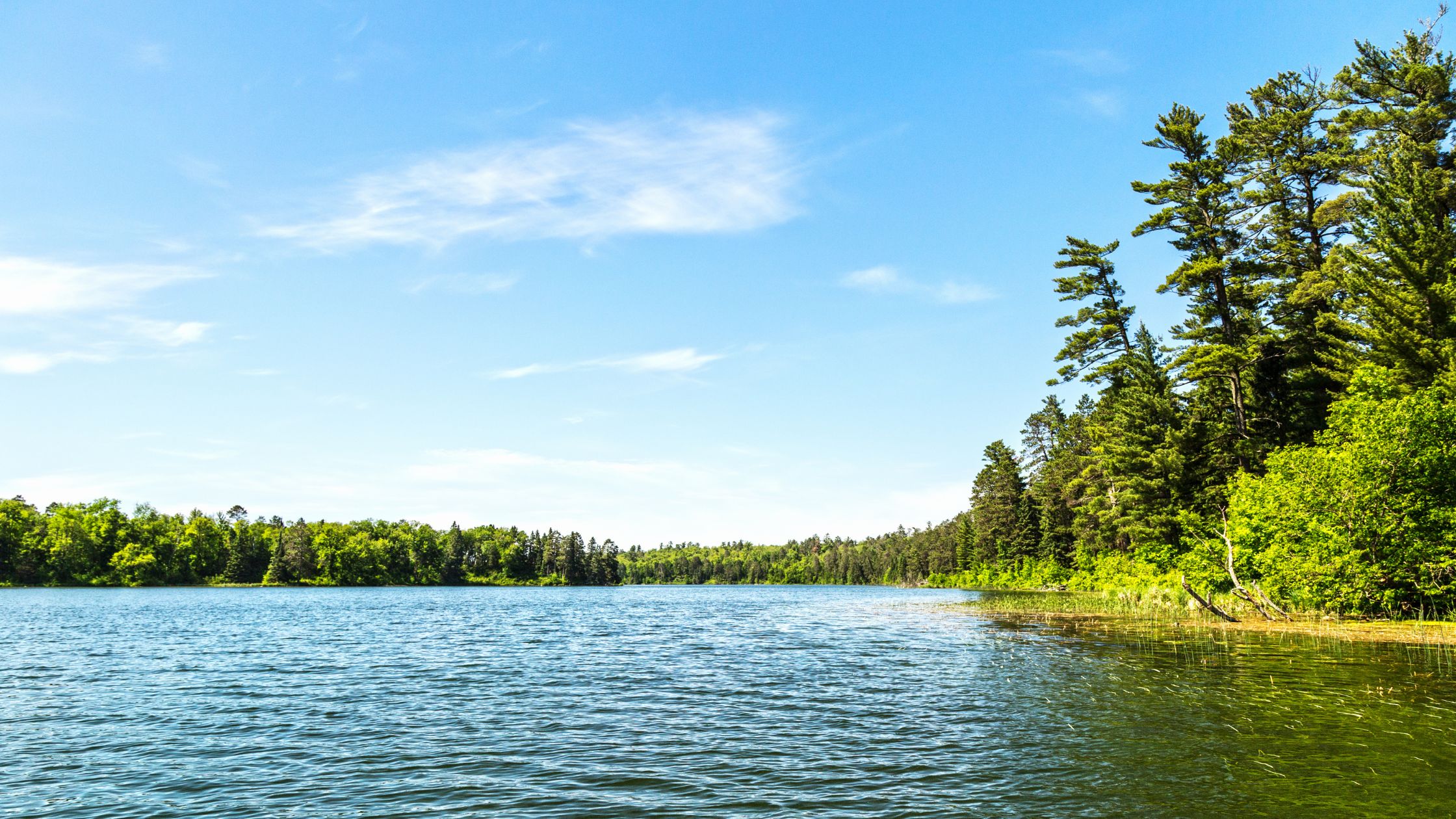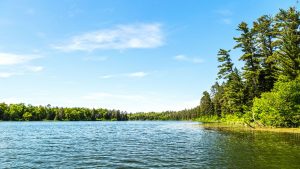Information not accurate?
Help us improve by making a suggestion.
East Twin Lake, alongside its sibling West Twin Lake, forms part of the Twin Lakes within Lake Clark National Park. It’s renowned for its late-summer hunting and secluded beauty, with access typically by floatplane. The lakes are surrounded by glacial valleys and mountain ranges.
- Surface area (mi)
- 0.04
- Max depth (ft)
- 20
- Elevation (ft)
- 692.26
- Shoreline length (mi)
- 0.87
Ideal for
- Family friendly:
- Pet friendly:
- Romantic getaways:
Popular activities
- Boating
- Waterskiing
- Kayaking
- Canoeing
- Swimming
- Fishing
- Hiking
Islands
A serene expanse of tranquil waters reveals several islands, each with its own unique character along with whispers of history. Among these, the largest island serves as a picturesque retreat for adventurous souls and nature lovers. Lush forests drape the landscape, where ancient trees stand as silent witnesses to the past. Historical landmarks, once the site of Indigenous gatherings, invite exploration and reflection. Hikers can traverse winding trails that unveil stunning vistas, perfect for capturing the breathtaking beauty of the surrounding wilderness. As twilight descends, the islands become a canvas for vibrant sunsets, drawing photographers eager to immortalize the enchanting hues. Here, visitors can engage in activities such as kayaking and birdwatching, offering a chance to revel in the serenity and natural splendor. With its rich tapestry of history and natural allure, these islands beckon to be discovered, promising an unforgettable experience.
Nearby amenities
Visitors to East Twin Lake will find a range of amenities to enhance their experience. Access to the water is convenient with a public dock and a boat ramp on-site, making it easy to launch boats or rent one from East Twin Lake Rentals. Paddlers can utilize designated kayak and canoe launch areas for easy access to the serene waters. Nearby, the Twin Lake Grocery provides essential supplies, snacks, and fishing equipment, while local eateries like the Lakeside Café offer lakeside dining options. The campground at East Twin Lake offers tent sites and RV hookups for overnight stays. For those seeking adventure, hiking trails are easily accessible, providing scenic overlooks and opportunities for wildlife viewing. Facilities include clean restrooms and picnic areas equipped with BBQ grills, ensuring a comfortable visit. Additionally, there are designated fishing areas where anglers can enjoy the local bounty, making this destination ideal for both relaxation and outdoor exploration.
Information not accurate?
Help us improve by making a suggestion.
Marinas on East Twin Lake
Frequently Asked Questions
Ready to dive into what East Twin Lake has to offer? Let’s tackle some of the burning questions you might have as you plan your visit!
-
Yes, swimming is allowed in East Twin Lake. However, pets, except guide dogs, are not allowed in the swimming areas. The lake offers swimming along with other activities like boating, canoeing, and fishing.
-
East Twin Lake is a popular destination because it is part of the Twin Lakes Canoe Route. The lake offers dispersed camping sites accessible by foot or boat, with facilities including fire grates and latrines. It also provides opportunities for boating, hiking, and interacting with nature while following strict environmental guidelines.
-
The daily and possession limits for rainbow trout in East Twin Lake, Alaska, are 10 fish per day and 10 in possession, with only one of which may be 20 inches or longer. This applies to the Kodiak Island Road Zone where East Twin Lake is located. There is no annual limit for rainbow trout in this area.
-
Yes, there are public beaches at East Twin Lake. The East Twin Lake Public Beach, located at the north end of the lake, offers a swimming beach, playground equipment, restrooms, and picnic facilities. It also provides public access for non-motorized craft like canoes and kayaks.
-
East Twin Lake in Alaska is located in Lake Clark National Park, near the northeast corner of Lake and Peninsula Borough. The nearest significant towns are not immediately adjacent but include communities like Port Alsworth and Nondalton, which are within the broader region of the park. These towns are part of the park’s surrounding area.




